Primrose: species, planting and care
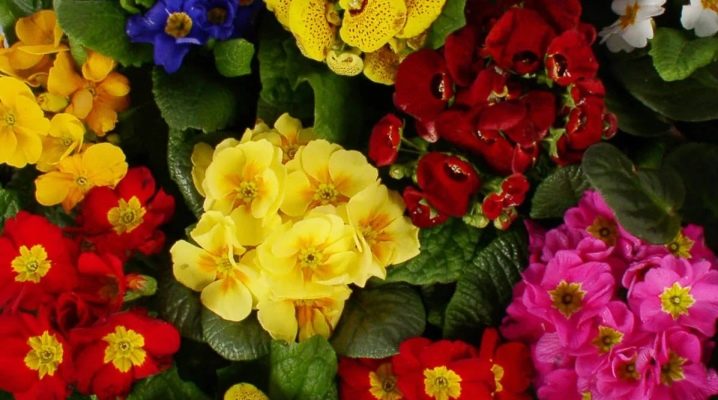
Primroses stand out among the popular flowers for their appearance. They are divided into a number of species, and gardeners are required to know the specifics of each specific variety. Let's try to understand this in more detail.
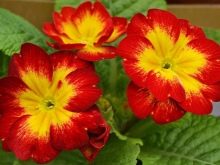


Peculiarities
The primrose was given (and deservedly so) the epithet "the golden key of the green kingdom." Gold - for the color, and the key - because this plant is almost the first to appear from under the snow. No wonder the name "primrose" was also mentioned in traditional botanical descriptions. Yellow flower buds, grouped in umbellate inflorescences, look very elegant and attractive.
Botanists attribute the primrose to the primrose family. Before other parts of the plant, foliage rises above the snow. It is shriveled and profusely pubescent. Primrose greens are often called "lambs" for their characteristic appearance. The foliage develops almost from the very root and forms a rosette.
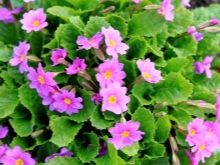

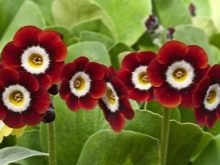
The primrose has stems, but they are invariably bare. Only the tips of the shoots smoothly turn into buds. There are some varieties of primrose in which the buds are not grouped into inflorescences. The shape of the buds themselves is geometrically correct. The edges of the petals in the initial part of the flower are spliced, and closer to the edge of it they are already separated.
Both domestic and wild primrose varieties are relatively low. Only a few of them exceed 0.3 m in height. This does not prevent the plant from forming lush "caps" of flowers with a rich color. In combination with brightly colored buds, a plant that is very popular among gardeners is obtained.
In most cases, a perennial species is used, however, both annual and biennial herbaceous crops can be grown without any special problems.
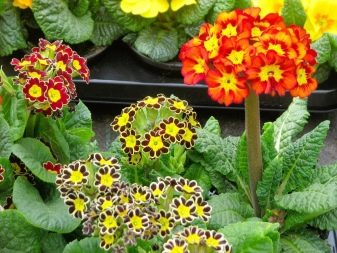
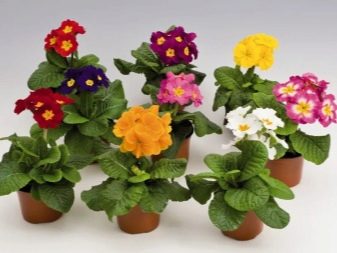
But the advantages of primroses are not limited to their attractive appearance. This plant can even be used in folk medicine. If you pick the buds and put them in tea, you can get a drink with a pronounced calming effect. With the help of the oil extracted from the roots and leaves, they successfully fight against tuberculosis.
But such a remedy can only be used "in conjunction" with standard treatment and with the consent of the attending physician.
Primrose is used as a medicinal raw material and on an industrial scale. On its basis, capsules and ointments are prepared to help with eczema. Young leaves can be put in a salad. Caucasian cuisine has a number of recipes for using primrose leaves in soups. The roots are often used to make spices.
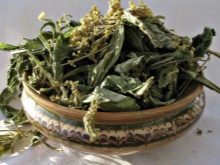

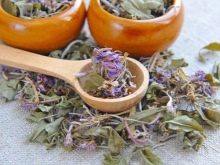
Such a wide variety of primrose properties was noticed by the ancient Greeks. They just introduced it into culture and began to use it for culinary purposes. The Greeks, interestingly, endowed the primrose with mystical properties. A number of myths and beliefs associated with it have existed almost to this day.
But what is beyond doubt is the melliferous properties of primrose. However, it is usually difficult for bees to reach areas where nectar is located. Especially when you have in mind wild plants. But among the artificially bred varieties there are those that have almost open buds. Wild primrose can be seen on the alpine slopes. It is also found in the temperate zone of both hemispheres.

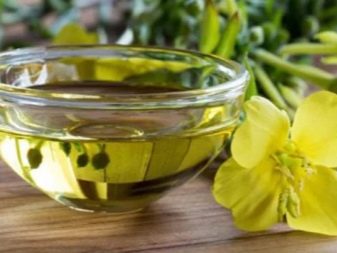
Varieties
Distinguish:
high primrose (growth up to 0.3 m);
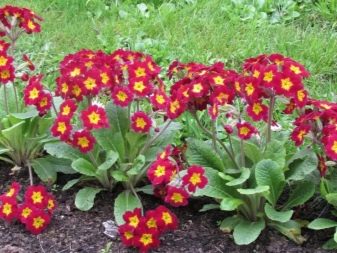

fine-toothed (with a spherical inflorescence);
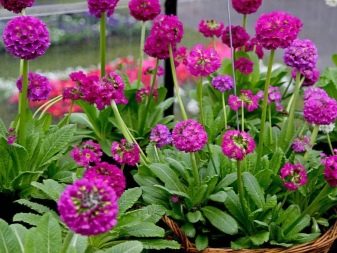
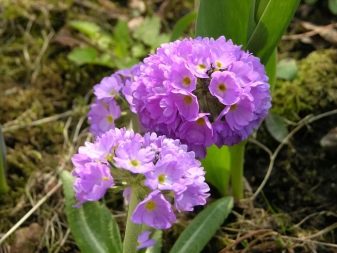
- polyanthus (the plant has corrugated foliage).
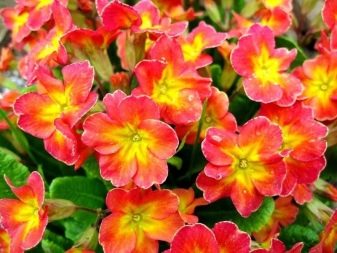
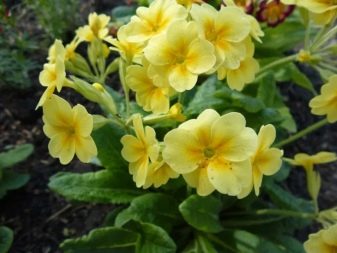
Perennial primrose (spring primrose) goes well with tall shrubs. It combines perfectly with:
- fern;
- host;
- heychera;
- astilbe;
- miniature conifers;
- marigold.
But in itself, a perennial primrose can be a very beautiful addition to a garden plot. Those looking for the best decorative result should look at the stemless primrose. Its appearance is exceptionally bright and even uncommon.
Suffice it to say that it is this variety that most often fills the windows of flower shops for various holidays. It seems even strange that this species in the botanical classification was called "common primrose".
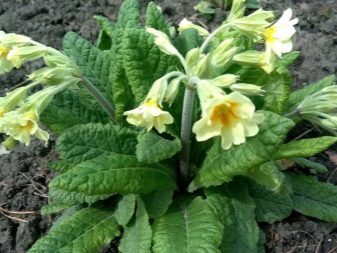

In the wild, you can see it in the south of Europe and in the center of it. However, easy adaptability to new natural conditions greatly simplifies cultivation even in rather cold areas. Stemless primroses are dense bushes of relatively compact appearance. The thick, shortened rhizome is in harmony with the rosettes of oblong leaves that look like a lancet. In early spring (more precisely, at the end of March or in the first days of April), under normal conditions, the rosette is covered with a bouquet of relatively simple flowers with 5 petals.
All corollas have separate peduncles. The lack of a common stem became the source of the name. The stemless primrose is yellow.
Only occasionally is it white and has a purple center. You can wait for the formation of seeds by the end of June at the most, and if September is warm, then the primrose will bloom again.
Neither descriptions in reference books, nor even color photographs can reveal all the delicate charm of this flower. And all the more this is typical for the newest varieties, which not only bloom profusely, but also color in a very unusual way. However, gardeners are not advised to get carried away with them. Sometimes stemless primrose gives too variegated, beating with a variety of colors. It is recommended to be limited to one or two paints.
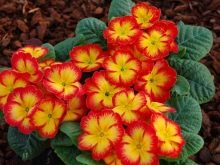
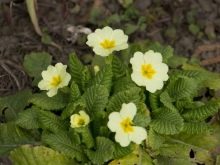

Returning to the common primrose, it is worth emphasizing that this is a typical inhabitant of the forest and forest-steppe. In nature, it grows:
- in the Caucasian countries;
- in Turkey;
- on the territory of Iran;
- in Russia west of the Urals.
You need to look for thickets in a meadow, in woodlands or on the edge. In the depths of the forest, primrose populates mainly glades and gravitates to shrubs. A flower of regular shape has a diameter of 0.007-0.015 m. The main pollinators are bees and bumblebees. In the forest areas of the European part of Russia, primrose blooms in April, May, June and July.
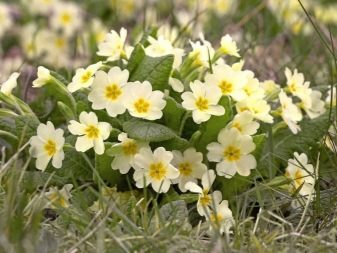
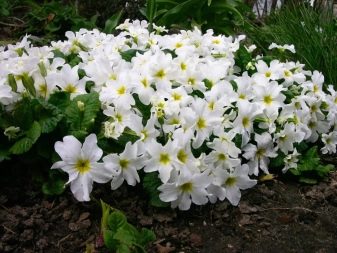
At the end of flowering, a box-shaped fruit is formed. Dark seeds ripen inside the capsule. Their size is relatively small. In total, breeders managed to breed over 200 cultivated varieties of primrose.
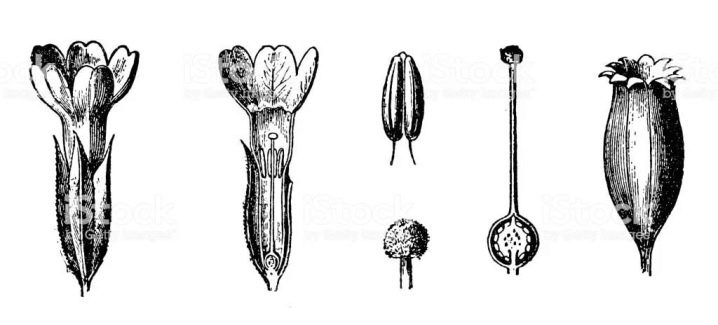
The Kolossea variety is one of the wintering perennial crops. Its name is no coincidence: this plant can reach a height of 0.3 m. The diameter of the flowers is 0.02 m. At a relatively low height, its beauty is given by sharply tapering, wrinkled leaves. The color of flowers can vary greatly. The main practical application is lawn decoration. Sowing "Colossea" for seedlings should be in April or May; shoots can be expected on average on the 16th day in favorable weather.
As soon as the first true leaf appears, a dive is required. It is necessary to plant "Colossea" in open soil in May or June.
The main thing is that the frost has already ended. You can grow a plant without transplanting for 4 or 5 years. It is best suited for moderately shady areas that are well hydrated and nutrient-rich.
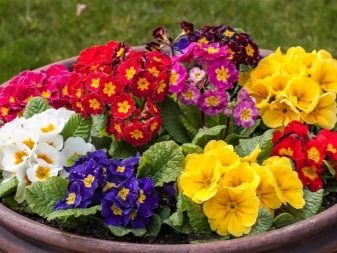
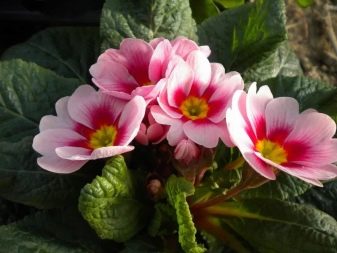
Japanese, aka candelabra, primrose is a plant with leaves in the form of an oblong lancet. They are serrated and have a length of up to 0.25 m. The height of the peduncles can reach 0.45 m. There are pink, crimson and even purple flowers. They will be dismissed in the last days of May.Flowering lasts 35 or 40 days. Japanese primroses are self-seeding. They can overwinter under normal conditions in the middle lane.
However, in the absence of snow or a small amount of it, you can be afraid of freezing.
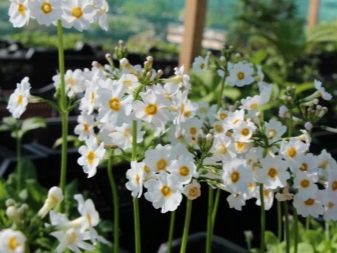

Primrose "Julia" is one of the smallest plants of the whole species. It forms round bushes covered with graceful glossy leaves of bright green color. These leaves are pressed against the soil. Most of the flowers are characterized by white and red velvet colors. Flowers can rise slightly higher than foliage.
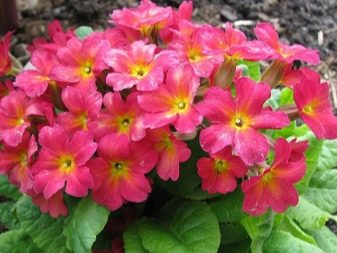
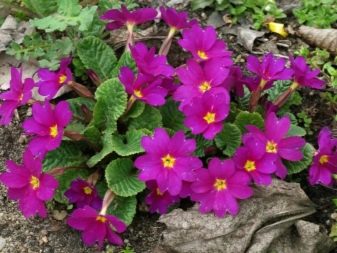
But golden primrose can grow up to 0.2 m. Flowering occurs in the last days of May, while yellow-brown flowers with a light center appear. Golden primroses can perfectly tolerate even severe frosts.... "Elizabeth Killelei" is a dense double type flower with a strong scent. They are painted in cherry color, and the perimeter of all petals is surrounded by a golden border. The bushes are relatively compact and can grow up to 0.25 m.
It is recommended to grow them both in full sun and partial shade.
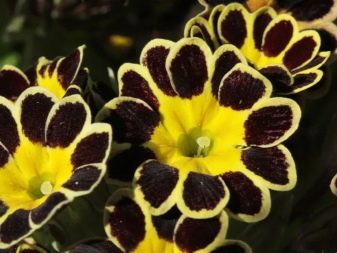
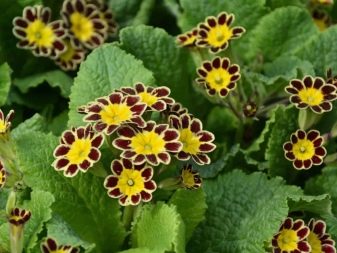
Joyce primroses are an alpine variety. Perennial grass forms straight stems, growing up to 0.1-0.2 m. Dense foliage is painted in a light gray-green color and is grouped into a rosette. The leaves are lighter near the edge than in the center. They are characterized by a pale creamy color in the middle and a mild aroma. Blooming "Joyce" does not occur until half of spring. The plant develops best in a well-drained sandy ground, in the sun or in partial shade.
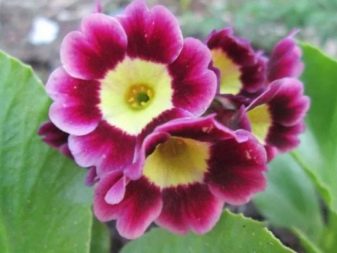
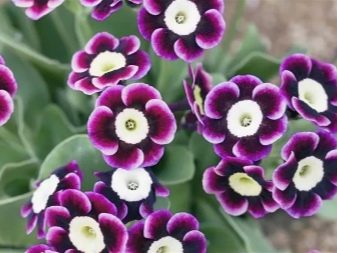
As for potted crops, among them "Hector" stands out... This is an unassuming variety, perfectly tolerates low temperatures. You can enjoy the appearance of the blooming "Hector" from early spring to half of July. It is noted that this variety becomes a harmonious part of the lawn group. It also finds application as a decoration for the shore of a reservoir or as an addition to a composition of stones. In many cases, these primroses are used to create flower beds.
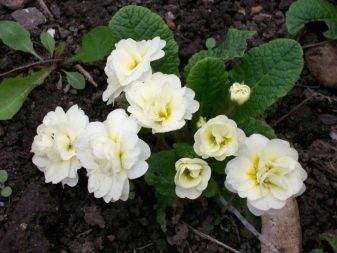
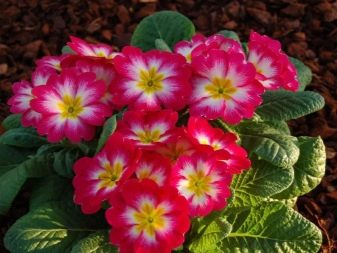
It is appropriate to complete the review on the Gold Lace Scarlet variety... This plant belongs to the type of tall primroses. Its leaves are covered with wrinkles; they can be either elongated or elliptical. Their length ranges from 0.05 to 0.2 m. The edge of the foliage is covered with small denticles. The diameter of the flowers is small (maximum 0.02 m), while they are colored in a light yellow tone.
The flowers are grouped into umbellate inflorescences, which are kept on a slightly pubescent peduncle 0.1-0.35 m high. Gold Lace Scarlet blooms from mid-April for 50-60 days. Moreover, it does not just bloom, but gives practically "a whole sea" of flowers. They also differ in tonality. The variety can be grown both in a sun-drenched area and in a weak shade.
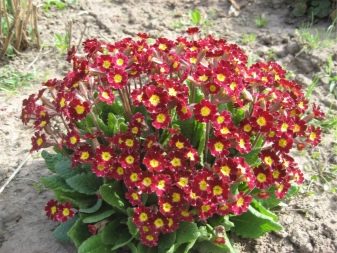
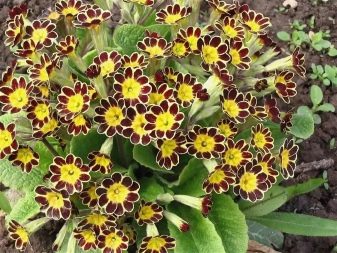
How to plant correctly?
Planting primroses in the open field can be done at different times. In the spring (more precisely, in the last days of February or in the first days of March), seeds are sown in greenhouse containers. They must contain specially selected soil. But direct sowing in an open area can be done only after the snow melts. In the event of a cold spring, it is better to refuse such a decision.
The use of pots can be a bit of a safety net. It is in them that primrose should be transplanted in the garden if the weather is bad for a long time. Summer planting is in demand due to the rapid loss of seed germination. Sowing is done in July or August. If you are not sure that the earth has retained enough moisture, you need to plant as many seeds as possible - then the risks are minimal.
The best option is considered to be the cultivation of primroses before winter. This solution allows you to achieve the highest efficiency.
Primroses will grow from the very beginning of spring. An extra warmth coupled with decent humidity is just what they want. Sowing is best done in a place protected from direct sunlight.
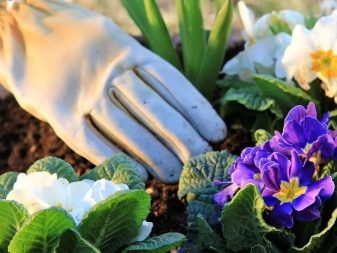
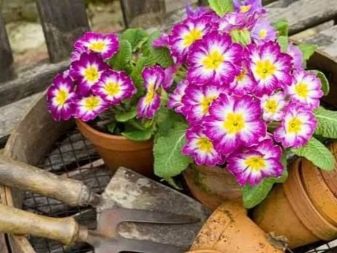
How to care?
Watering
Care is not particularly difficult when growing primrose. Systematic irrigation is required for it in the same way as systematic loosening of the soil and prompt disposal of weeds. So that water and nutrients are not wasted, faded flower stalks must be removed. Since primrose grows mainly in shaded areas, it should be watered without being overly enthusiastic. The only exceptions are especially hot days.

Top dressing
To grow a primrose, you still have to take care of fertilizing it. When flowering time comes, but the buds have not yet opened, apply a solution of a complex composition at a concentration of 1%. But you can't rush to use such a mixture. If you apply it when the buds have not yet appeared, all the beneficial effect will go to the leaves.
Primrose can be fed not only with mineral, but also organic fertilizers. When flowering ends, apply mineral composition dissolved in water.
This will help preserve the plant for the next season. In addition, fresh flower buds will appear. No further action is required.
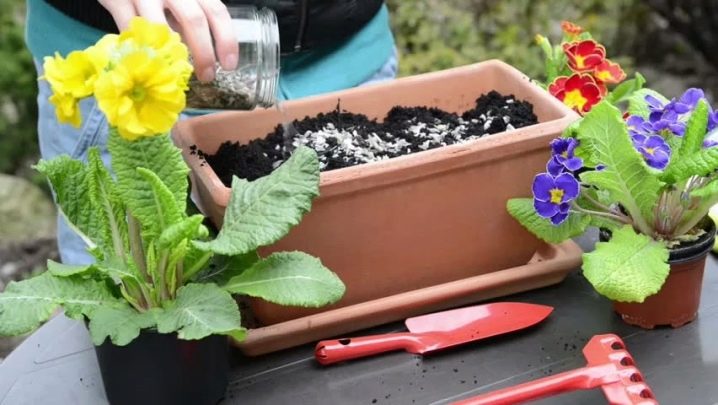
Reproduction
The primrose reproduces:
- cuttings;
- rooting of the shoot;
- splitting bushes.

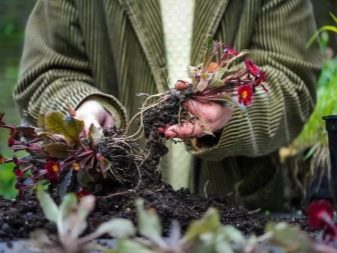
The division of the primrose is done not earlier than the third year of life. There are varieties that cannot be divided earlier than 5 years after planting. The procedure is carried out when flowering either has not yet begun, or has already ended. To exclude deformation of the roots, it is required to rinse them with clean warm water. To cut the root, use only a very sharp knife; a dull blade can deform it.
On all divisions, 1 kidney must be left in order for development to resume. It also requires a well-developed root and leafy rosette. The cut line must be immediately sprinkled with ash, otherwise they will dry out. After that, the return disembarkation is carried out as quickly as possible. Delenki are watered every day for 14 days. Separated plantings in the fall before the onset of winter should be covered with covering material.

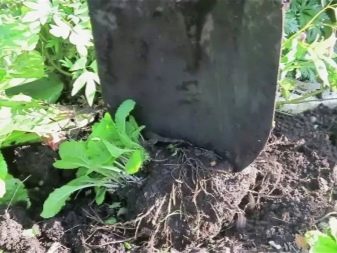
Propagation of primrose by cuttings is possible only if there is a large bush. Only from them can you cut off a part of a thoroughly developed root. As soon as the cutting is separated, it is cut from the top along the length. This technique allows you to grow buds as quickly as possible. Cuttings should be planted 0.03-0.04 m deep.
It so happens that the roots are too poorly developed, and the rosettes are not sufficiently strengthened. In this case, use a rooting sheet. The petioles are cut as low as possible, getting rid of a third of the leaf plate. The workpiece is planted in the prepared mixture. For its preparation, earth and river sand are used.
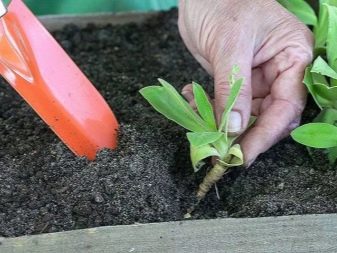
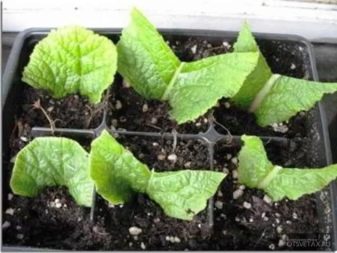
The pot should be kept in a bright, but not sun-lit place. The air temperature must be maintained there from 16 to 18 degrees. When the shoots emerge from the bud, they are immediately seated in separate containers. Transplanting to street ground is allowed only in good weather. There is no need to rush into this.


Diseases and pests
For all its stamina, primrose can suffer for a number of reasons. In most cases, the hazard is associated with unreasonably strong moisture. Because of this, gray rot may develop. It is especially likely if the air stagnates. Long-term development of the disease threatens the death of the plant.
As soon as the first signs of the disease are found, it is required to cut off the affected parts and treat the sections with a fungicide.

Growing primrose in a well-lit and well-ventilated area helps to reduce the risk of infection with gray mold. You should also take care of soil drainage. The simultaneous exposure to cold and moisture can provoke ramulariasis. The light yellow spots that initially appeared on the leaf plates turn into holes. Control methods are similar to the treatment of gray rot.

Of the harmful insects, the main threat is spider mites.Snails and slugs are collected from primrose by hand. You can block their path to the plant by pouring a strip of sand. You can also use specialized pesticides. But exceeding their concentration is strongly discouraged.
Spider mites drink juice from the underside of the leaf. The warmer the weather, the faster these insects grow in numbers. As soon as signs of infection are found, primrose is separated from other plants and sprayed with small drops of insecticidal solutions.
Treatment should affect not only the diseased bush itself, but also the surrounding area (otherwise the pest will spread).
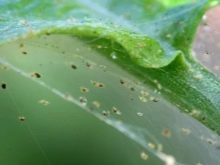
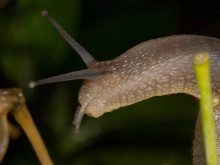
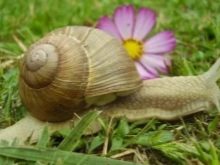
Use in landscape design
A plant like primrose can be a real decoration for fountains, lakes, ponds and streams. The reflection of lush flowers in the water looks enchanting. Therefore, do not think that the primrose is a simple herb. Water lilies can be used with primrose. You can also use them in compositions with trees with a high crown.
Primroses are not only in demand by private homeowners. They are also appreciated by designers responsible for the design of large botanical gardens, city parks and squares.
Primrose can be seen in a flower bed, in a flower garden or on a border. Often, primrose surrounds:
- monuments;
- small sculptural forms;
- places allocated for some kind of design;
- paths and alleys;
- benches and gazebos.


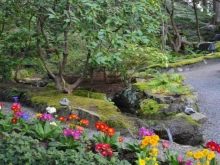
Even small areas can be decorated with all solemnity. Primrose is also used on the northern and eastern slopes of rock gardens. In this case, mainly stemless species and varieties are used. The perennial culture will also delight the owners of inclined rock gardens.
Primrose is also popular in classic flower beds. It is usually planted in front of other plants to ensure flowering in spring and summer. If the area is small, the primrose can become a tapeworm of a pure grass lawn (with different planting geometries). Together with other flowering plants, it is used to decorate the entrances to gardens, houses, and personal plots. Some landscape designers deliberately combine primroses with other low-growing crops:
- oak sage;
- astrania;
- shrub cinquefoil;
- the seaside army and so on.



You can often see characteristic "butterflies" in the garden plots. They are created using steel wire frames. There, after filling the soil, primrose is planted. Long-term development of culture will allow you to enjoy its lovely appearance for a long time.
Another option is also practiced: dividing small wooden barrels in half. Usually primrose is planted in them not as a tapeworm, but together with cereals. This solution guarantees the preservation of decorative qualities throughout the year.
The barrels are fixed on supports and placed in convenient places. Another option is a retro flower based on an exhausted bath.
In compositions on the banks of reservoirs, primroses can be combined with rhododendron, marsh iris or sedge. Placing plants in tiers allows you to enjoy the multicolored ensemble. Parks and squares are sometimes decorated with primrose along with:
- cyclamen;
- poinsettia;
- pansies;
- daffodils.
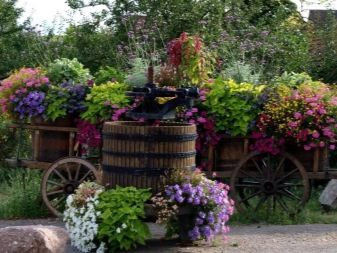
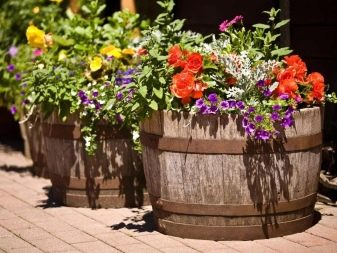
For information on how to care for a plant, see the next video.







































































































The comment was sent successfully.